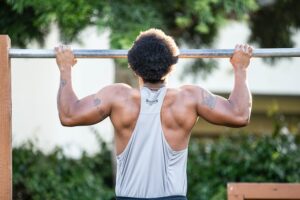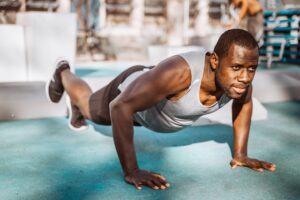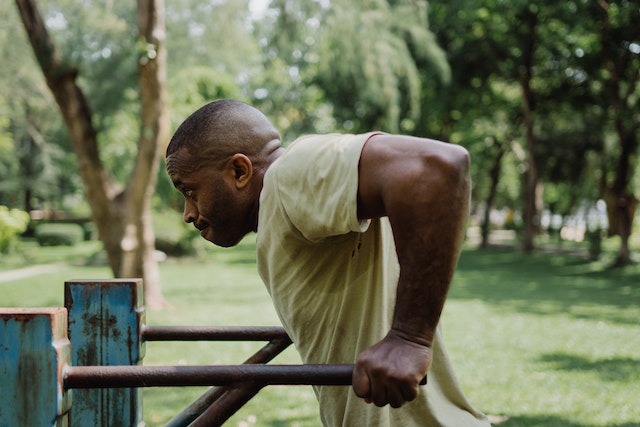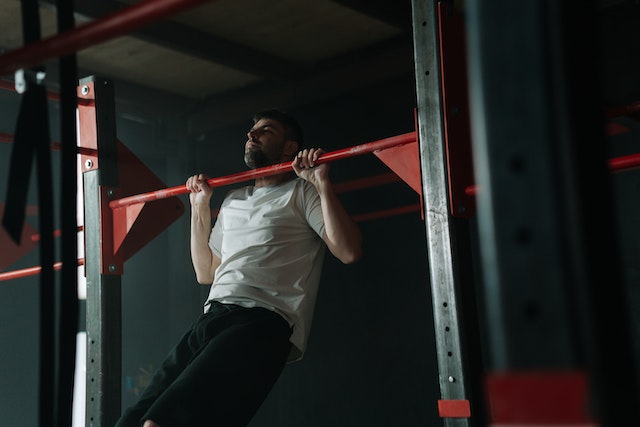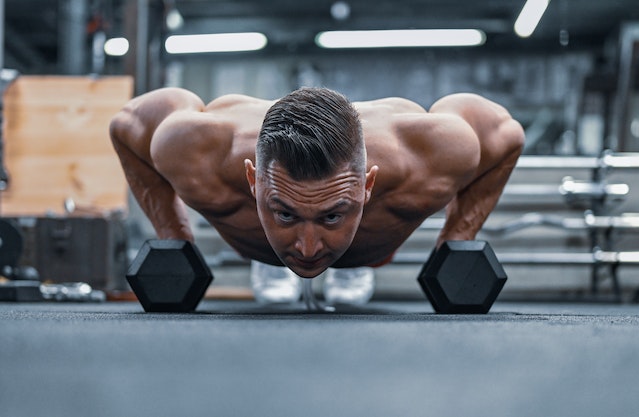Calisthenics is an excellent form of exercise that requires minimal equipment and can be performed anywhere. It’s a great way to improve overall fitness, strength, and body control. However, to achieve the best results and avoid injuries, it’s important to have good mobility and flexibility. Mobility and flexibility are the foundation of calisthenics and are essential for proper technique, injury prevention, and overall performance.
In this blog, we will discuss the importance of mobility and flexibility for calisthenics athletes and how to improve them. We will also explore the different stretching and mobility exercises that can help to enhance your calisthenics practice. Whether a beginner or an experienced athlete, incorporating these exercises into your training routine can help you achieve better results and avoid injuries.
By the end of this blog, you will better understand how to improve your mobility and flexibility for calisthenics and how to incorporate these exercises into your training routine.
The benefits of mobility and flexibility:
Mobility and flexibility are essential components for any calisthenics athlete. They are important for both performance and injury prevention. Proper mobility and flexibility allow for greater range of motion and more efficient movement patterns, which can lead to improved strength and power. In addition, having good flexibility can also help to reduce the risk of injury and muscle imbalances.
Greater range of motion
Having good mobility and flexibility allows for greater range of motion in the joints, which can lead to improved strength and power in calisthenics exercises. It also allows for more efficient movement patterns and reduces the risk of injury.
Improved strength and power
Having good mobility and flexibility allows muscles to work through their full range of motion, leading to improved muscle activation and better muscle recruitment. This can result in improved strength and power, which can translate to better performance in calisthenics exercises.
Reduced risk of injury and muscle imbalances
Flexibility plays an important role in injury prevention, Tight muscles and poor flexibility can lead to muscle imbalances, which can increase the risk of injury. By maintaining good flexibility, the body is better able to absorb and distribute forces, which can help to reduce the risk of injury. Additionally, flexibility can also help to improve posture, which can help to reduce the risk of back and neck pain.
Stretching exercises
Stretching exercises are an important part of any calisthenics training program. They can help to improve flexibility, which in turn can improve mobility and reduce the risk of injury. There are several different types of stretching exercises that can be beneficial for calisthenics athletes.
Static stretching
This type of stretching involves holding a stretch for a set period of time. It’s a good way to improve flexibility and is often used as part of a cool-down routine. Examples of static stretches include hamstring stretches, quad stretches, and chest stretches.
Dynamic stretching
This type of stretching involves moving through a range of motion. It’s a good way to warm up the muscles before a workout. Examples of dynamic stretches include leg swings, arm circles, and high knees.
Foam rolling
This is a self-massage technique that can help to release muscle tension and improve flexibility. Foam rolling can be used to target specific muscle groups such as the quads, hamstrings, and IT band.
It’s important to note that stretching should be done in a slow and controlled manner. It is also important not to push too hard and cause pain, if you feel any pain stop and come out of the stretch. Additionally, it’s important to hold the stretches for at least 30 seconds and to repeat each stretch 2-3 times.
Mobility exercises
In addition to stretching exercises, mobility exercises are also an important part of a calisthenics training program. Mobility exercises are designed to improve the range of motion in the joints and muscles, which can help to improve overall movement patterns and reduce the risk of injury.
Lunges
Lunges are a great way to improve mobility in the hips and legs. They work the quadriceps, glutes, and hip flexors. To perform a lunge, start in a standing position and step forward with one foot. Lower your body until your thigh is parallel to the ground and your back knee is almost touching the ground. Push through the heel of your front foot to return to the starting position.
Squats
Squats are another great exercise for improving mobility in the hips and legs. They work the quadriceps, glutes, and hamstrings. To perform a squat, start in a standing position with your feet hip-width apart. Lower your body as if you were sitting back into a chair, keeping your weight in your heels. Push through your heels to return to the starting position.
Hip openers
Hip openers are a great way to improve mobility in the hips and lower back. They can also help to release tension in the hips and lower back. Examples of hip openers include pigeon pose, lizard pose, and frog pose.
It’s important to note that mobility exercises should be done in a slow and controlled manner and focus on quality over quantity. Start with a small range of motion and work your way up as your mobility improves. It’s also important to include a variety of mobility exercises in your routine and to focus on the joints and muscles that you use most frequently in your calisthenics practice.
Incorporating mobility exercises into your training routine can help to improve your range of motion, reduce the risk of injury, and improve overall movement patterns. This can translate to better performance in calisthenics exercises and can take your practice to the next level.
Incorporating mobility and flexibility into training:
Incorporating mobility and flexibility exercises into your training routine is essential for achieving the best results and reducing the risk of injury. It’s important to prioritize these exercises and make them a regular part of your training program.
Warm-up
Stretching and mobility exercises are an important part of a warm-up routine. They help to prepare the body for the workout ahead and can help to reduce the risk of injury. Incorporate a variety of stretching and mobility exercises into your warm-up routine, focusing on the joints and muscles that you will be using during your workout.
Cool-down
Stretching exercises are also an important part of a cool-down routine. They help to reduce muscle soreness and can help to improve flexibility over time. Incorporate a variety of stretching exercises into your cool-down routine, focusing on the joints and muscles that you have used during your workout.
Daily practice
To achieve the best results, it’s important to make mobility and flexibility exercises a daily practice. Even a few minutes of stretching and mobility exercises can make a big difference over time.
Integration
Integrate stretching and mobility exercises into your calisthenics routine, for example, when you are practicing a new movement or skill, take some time to work on your flexibility and mobility in the specific areas that are important for that movement.
It’s important to remember that flexibility and mobility are not a one-time thing, it should be part of your daily routine and integrated into your warm-up and cool-down. With consistent practice and effort, you can improve your flexibility and mobility, which can lead to better performance and reduced risk of injury in calisthenics.
Incorporating mobility and flexibility exercises into your training routine is essential for achieving the best results and reducing the risk of injury. Prioritize these exercises, make them a regular part of your training program, and integrate them into your warm-up, cool-down, and daily practice. With consistent effort, you will see improvement in your mobility and flexibility, which will translate to better performance and overall fitness.
Conclusion
In conclusion, mobility and flexibility are crucial for calisthenics athletes to perform at their best and avoid injuries. By working on these areas, you can improve your overall fitness, strength, and body control, which will help to take your calisthenics practice to the next level. Remember to make stretching and mobility exercises a regular part of your training routine and integrate them into your warm-up, cool-down, and daily practice. With consistent effort, you will see improvement in your mobility and flexibility, which will translate to better performance and overall fitness.
